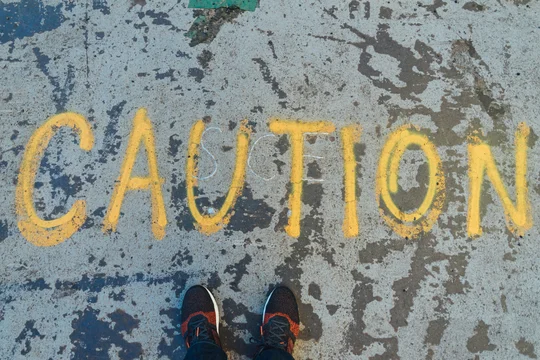
We've written a fair bit about the Court's new personal electronics policy, implemented just over a year ago. We've discussed how to request permission to bring electronics in, the fact that you (probably) don't need to meet-and-confer, and the fact that, if you list too many people, your motion might be denied.
On one level, it seems kind of silly to devote this much attention to the question of whether the people on your team can browse their phones during a hearing. But on another level, it's important and impactful—particularly for trials, it's essential that the team members who are actually doing the work can communicate, pull up exhibits, take notes, and so on.
So I thought it was worth noting that, earlier this month, visiting judge McCalla denied two motions to permit big trial teams, and their witnesses, to bring electronics in at trial. The Court pointed out that most of the people listed were witnesses, and that this is a trade secrets trial:
Parties Motions list thirty-seven (37) people (twenty-one in Plaintiff’s Motion, sixteen in Defendants’ Motion) for whom they seek exemption from the Court’s Order. (ECF Nos. 554555.) Parties state that the listed individuals request access to their electronic devices “for purposes of trial” but do not give detail on why they would need their devices. The plurality of the listed individuals are witnesses. Parties have also emphasized that they are concerned on the disclosure of alleged trade secrets during trial.
Because Parties have not given good cause for granting the requested exceptions to the standing order, both Motions are DENIED.
Qorvo, Inc. v. Akoustis Techs., Inc., C.A. No. 21-1417-JPM (D. Del. May 2, 2024).
The trade secrets comment is interesting, and it's not a point I've heard before. Presumably the parties will be sealing the courtroom anyway if they discuss the substance of any trade secrets (otherwise, they'll have an uphill battle on getting the transcript redacted). But it's a good point that having electronics present in the courtroom certainly increases the chances that information could leak even from people who are entitled to see it under the protective order.
After the Court denied their motions, the parties re-filed, cutting back to a total of 16 people. That worked for the Court. According to the order, the final list included:
- Five paralegals
- Four trial technology consultants
- Four expert witnesses
- Two party representatives
- One counsel (who must have lacked a bar card)
That's a pretty good cross section of the people who really need technology at trial. Trial technology consultants (probably hot seat operators) obviously need to use their devices to control the presentations.
Paralegals absolutely must have their devices too—they are doing things like tracking admitted exhibits, coordinating with parcels to bring materials to and from the courtroom, tracking time, and handling urgent requests for printed materials (among many other things).
Likewise, party representatives need to be in communication with the attorneys during trial. And experts need to take notes and review materials as they follow the testimony.
If you enjoyed this post, consider subscribing to receive free e-mail updates about new posts.





